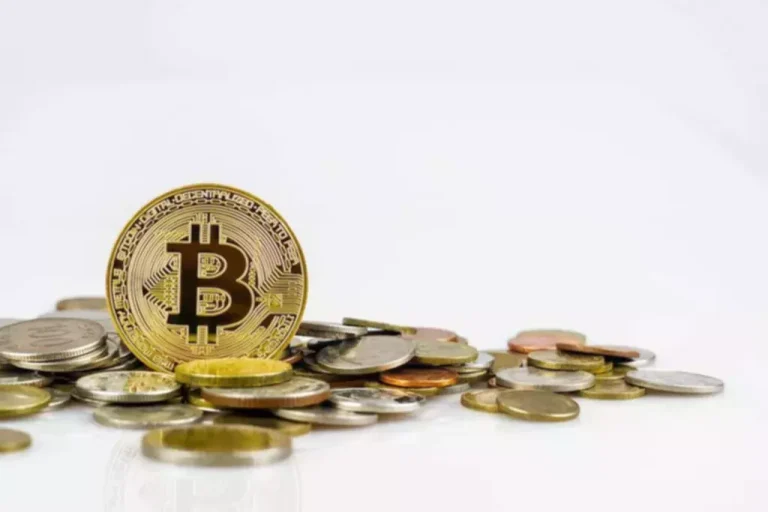Liquidity mining and yield farming are two related but distinct concepts in the decentralized finance (DeFi) ecosystem. By solving these problems, your computer adds value to the network by confirming transactions and generating new digital tokens. Once your computer has completed the mining process, it will automatically withdraw earnings from your account and send them to your wallet. Even if you aren’t using your computer, it is still using energy – and wasting money.

LPs earn rewards in the form of the protocol’s native tokens, such as UNI, COMP, or SUSHI, depending on the protocol. The tokens are distributed to LPs in proportion to their contribution to the liquidity pool. For example, if an LP contributes 10% of the total liquidity pool, they will receive 10% of the rewards. Yield farming involves staking your cryptocurrency in smart contracts, which are self-executing contracts that govern the terms of the transaction. These smart contracts can be vulnerable to hacks, bugs, and other technical issues that could result in the loss of your funds.
Boosting Your Blog’s Performance with Data-driven Platforms and Automation
If there is not enough liquidity for the trade, the protocol will automatically adjust the prices to attract more LPs to provide liquidity. Yield farming promotes decentralization by allowing anyone with an internet connection to provide liquidity to DeFi protocols. This democratizes finance and reduces the reliance on centralized intermediaries, such as banks. This means that the participants can do without an intermediary, and the programming code creates the basis of trust.
Sha Zhu Pan Scammers Use Fake Cryptocurrency Trading Pools to Steal More Than $1 Million, Sophos Reports – Yahoo Finance
Sha Zhu Pan Scammers Use Fake Cryptocurrency Trading Pools to Steal More Than $1 Million, Sophos Reports.
Posted: Mon, 18 Sep 2023 07:00:00 GMT [source]
This can be done in a few different ways, depending on the specific cryptocurrency you’re staking. One reason for the rising demand is the high returns that are possible. Besides, investors can profit from possible price gains of the tokens. While classic forms of investment such as savings books do not generate any profits due to low-interest rates, providers in the DeFi sector often offer up to ten percent annually. Crypto owners will receive LP tokens when they contribute an equal amount of tokens to a pool.
Risk Profile
This can create a sense of ownership and belonging and further promote the decentralization of finance. Yield Farming is a more recent concept than staking, yet sharing a lot of similarities. While yield farming supplies liquidity to a DeFi protocol in exchange for yield, staking can refer to actions like locking up 32 ETH to become a validator node on the Ethereum 2.0 network.

When a liquidity mining scheme is implemented, the liquidity providers often get more involved in the community while the exchange itself grows. DeFi liquidity mining has the advantage of allowing for an equal allocation of governance via native tokens. Token allocation was mainly unfair and uneven prior to the advent of cryptocurrency liquidity mining. Furthermore, because institutional investors have access to more money than low-capital investors, DeFi protocol architects would often favor institutional investors over low-capital investors. To stake, a user needs to hold a certain amount of cryptocurrency and a compatible wallet. To yield a farm, a user needs to have some cryptocurrency to lend or borrow and a compatible DeFi platform.
Exploring the Top 10 AI Cryptocurrencies for Investment in 2023
In 2020, numerous projects focusing on decentralized finance (DeFi) were able to generate high price gains. One example of this is Yearn.Finance, whose token was able to rise to around 48,000 US dollars at times. When acting as a contributor how does liquidity mining work to a pool, you will receive liquidity provider tokens (LP) with every liquidity-related transaction. Decentralized exchanges, or DEXs, are peer-to-peer platforms where transactions can be made directly between crypto traders.
Yield Farming or YF is by far the most popular method of profiting from crypto assets. The investors can earn a passive income by storing their crypto in a liquidity pool. These liquidity pools are like centralized finance or the CeFi counterpart of your bank account.
Tixl Ecosystem
In exchange, the liquidity mining protocol will give a Liquidity Provider (LP) Token to participants. Participants can also use this token for different functions whether in the native platform or other DeFi apps. Any decentralized finance (DeFi) project has liquidity mining at its core. This is because liquidity pools are crucial parts of the DeFi ecosystem, especially for DEXs, as they provide liquidity, speed, and convenience.

Staking is focused on earning rewards for holding and validating transactions on a blockchain network. Yield farming and liquidity mining are focused on providing liquidity to decentralized exchanges and liquidity pools to earn rewards. Liquidity mining is the process of providing liquidity to a decentralized exchange (DEX) or other liquidity pool to earn rewards in the form of additional cryptocurrency or governance tokens. It is a way of incentivizing liquidity providers to keep funds in a pool and ensure a more stable market.
How we protect your funds
Many liquidity mining programs offer high annual percentage yields (APYs) that may not be sustainable over the long term. As more investors enter the market, liquidity may become diluted, resulting in lower rewards for liquidity providers. When you provide liquidity to a DEX, you are essentially locking up your funds for a specific period.
- Instead, staking is done through a staking wallet or smart contract, which uses far less energy.
- They can receive interest, a portion of fees accrued on the platform they are lending their tokens or new tokens issued by these platforms.
- This form of trade is generally governed by smart contracts and algorithms and is not owned by a single entity.
- When acting as a contributor to a pool, you will receive liquidity provider tokens (LP) with every liquidity-related transaction.
- Balancer is another Ethereum-focused decentralized exchange giving UniSwap a run for its money.
- LP tokens can be valuable assets in their own right, and can be used throughout the DeFi ecosystem in various capacities.
- If a project makes no sense, and the rewards make no sense, then there is no incentive for holders to join and provide liquidity.
Lascia un commento